Cultural Appropriation Diary, or:
How I Wore a Bindi for 5 days

I never would have put a Bindi on myself or somewhat else, since I do not identify as Hindu. Since a friend did it, and it is part of their culture, I decided to leave it on until it fell off naturally, which happened five days later. I washed my face as normal, so I was surprised it stayed on that long.
I was curious how people would react. I was surprised at how few people cared/noticed, and especially at the overwhelmingly positive responses from those that did comment. I was expecting to get some flak for it, but I did not get a single negative response.
I used the Bindi as a reminder to think about and research cultural appropriation, symbols, Hinduism and the meaning of the Bindi in particular. Overall, it was a fun experiment and I am glad I did it.
Sing A New Song... err, I Mean Write A New Blog

Ferris Bueller’s Okinawan Safari
First, we stopped at Cape Manzamo (万座毛) and the Toilet Bowl. Truth is stranger than fiction, eh? I don’t know who named the body of water around the cape, but I didn’t make that name up, and it does accurately describe the shape.
Next, we ogled the Kouri-Jima Bridge (古宇利大橋), the longest open road bridge in Japan. It is well over a mile long, spanning 2,020 meters. The wind was blowing so hard we were holding onto our hats so we could ogle without losing them.
Then we played on the beach right next to the bridge.
Our tummies were rumbling by that point, so we stopped at the world-famous Emi no Mise (Emi’s Restaurant, 笑味の店) in Ogimi village. The village is renowned for having the longest life expectancy in Okinawa, and Emi is a former nutritionist. Emi’s became famous during the longevity/centenarian-research craze a few years back when Okinawa had the longest life expectancy in the world.
Okinawan life expectancy is no longer the highest, unfortunately, due to increasing incidence of lifestyle diseases since the American occupation from the end of World War II until 1972. Yep, good old McDonald’s is going strong in Okinawa, and obesity and junk food are common (for Japan), especially around the innumerable American bases.
After fortifying ourselves at Emi’s, we headed up to Cape Hedo (辺戸岬), the northernmost point on Okinawa island. We checked out the monument commemorating the end of the US occupation and the gorgeous sea view...
... and the “super chicken” statue (actually the legendary half-bird (鳥) half-fish (魚) called “Kariyushi"), a gift from nearby Yoron island (与論島).
I took a video of the waves crashing, though you can’t hear the ocean noise well because of the wind. We energetically waved at several sea turtles (umigame, 海亀) who poked their heads up while swimming around. They didn’t seem to notice our excitement, and paddled off shortly after.
After Hedo, we stopped at a deserted nearby park named Matsunamiki Kouen (Pine Tree-Lined Park, 松並木公園). WHY IS THIS PLACE DESERTED??? See the incredible pictures below of the gorgeous tree bridges and beautiful paths among the greenery. We wandered around for a while snapping photo after photo, but the mosquitos were fierce (maybe that’s why it’s deserted?), so we didn’t stay long.
Sam
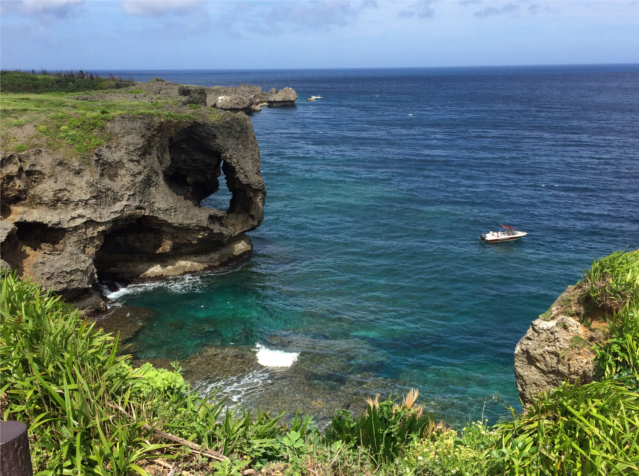
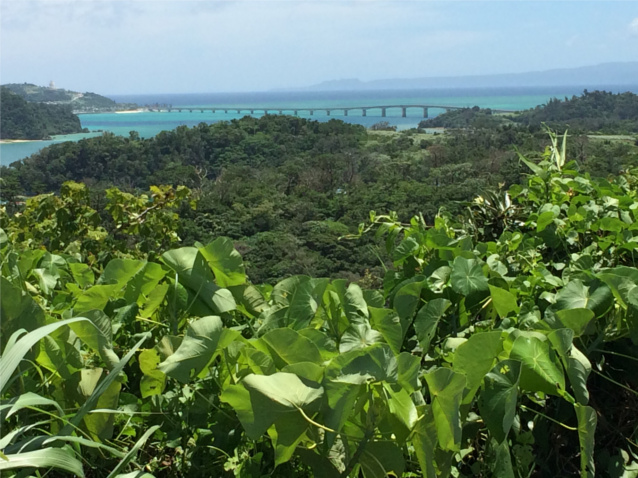
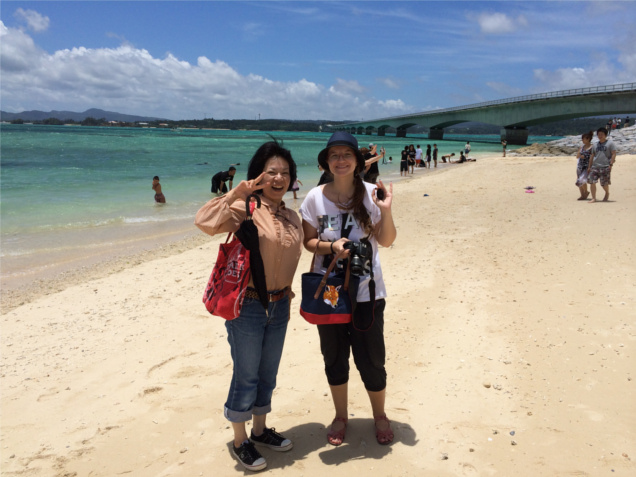
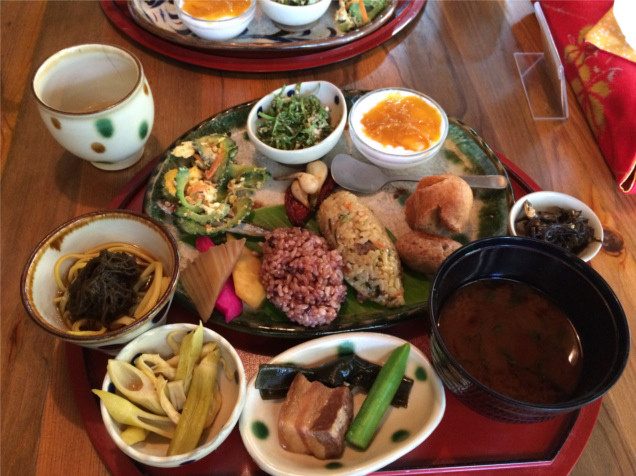
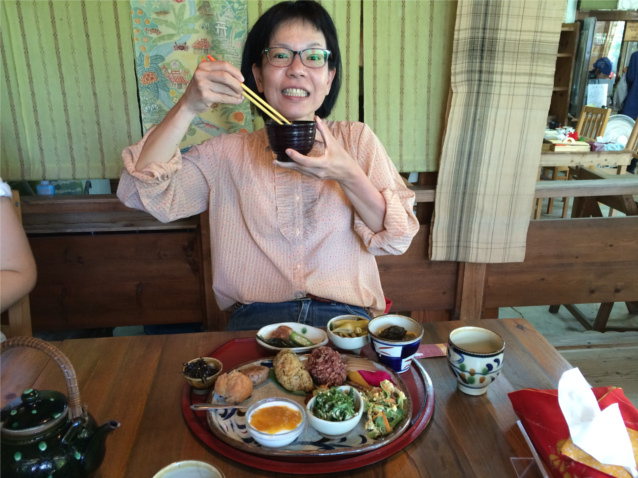
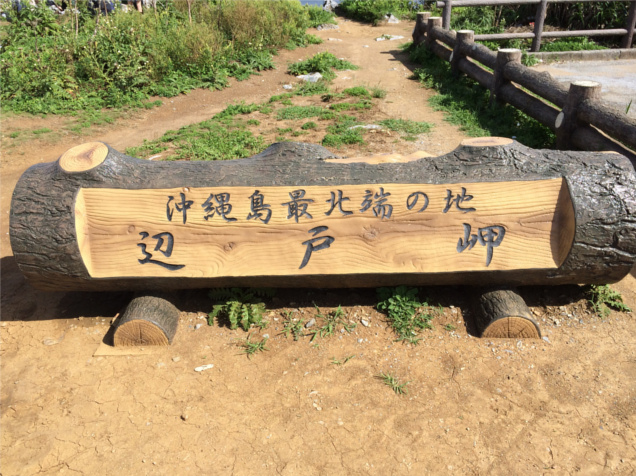
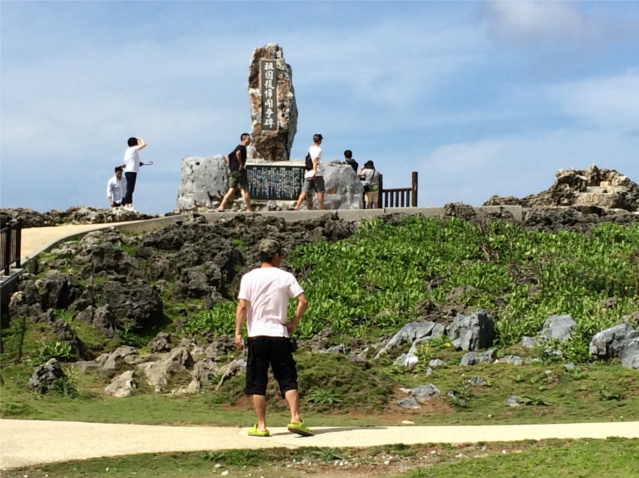
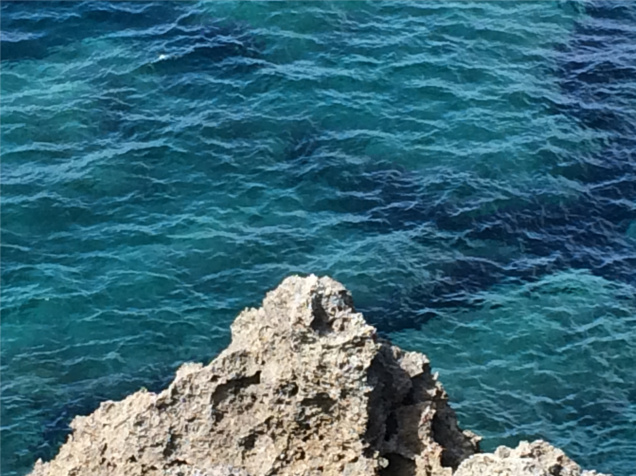

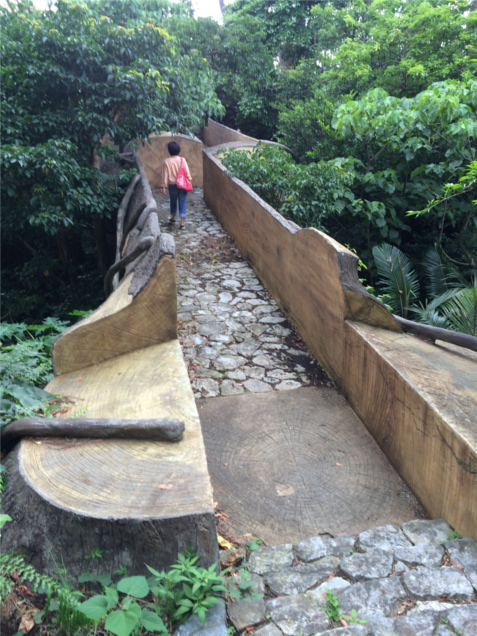
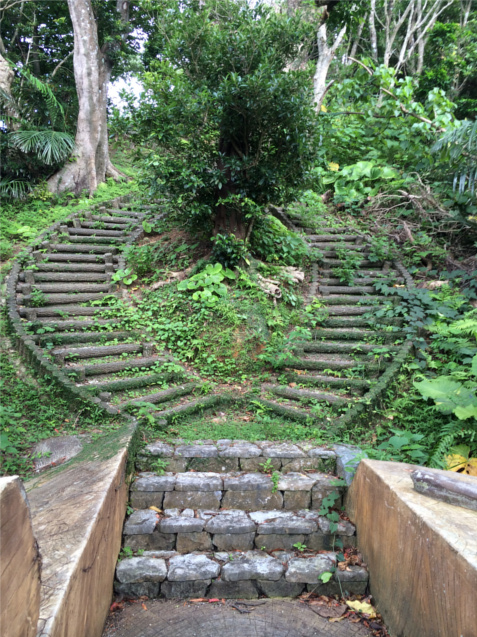
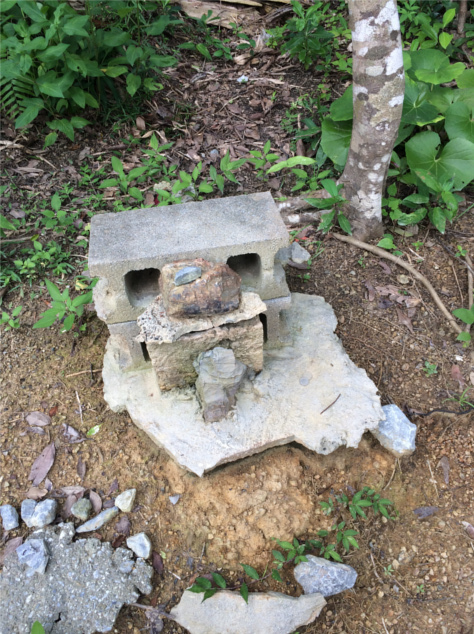
 RSS Feed
RSS Feed